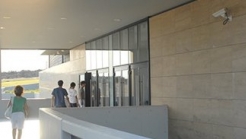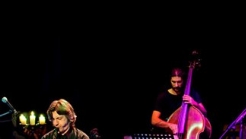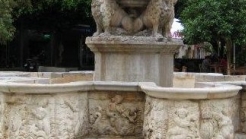

Greece
It is a paved road that leads from the Lions Square to the 18 British Square on the port. During the Venetian period was a very important street because in this were the Loggia, the Basilica of St. Mark, the Ducal Palace and the Palace of the Admiral.
Street Aug. 25
It is a paved road that leads from the Lions Square to the 18 British Square on the port. During the Venetian period was a very important street because in this were the Loggia, the Basilica of St. Mark, the Ducal Palace and the Palace of the Admiral. The Venetians called it the way Rouga Maistra, which was called by the Turks "Vezir Charsi". Of course, we can not forget the magnificent church of St. Titus, who is on your right as you descend to the port.
The current name received it from the slaughter of civilians on 25 August 1898 by the Muslims. Many homes were completely destroyed was killed the vice-consul of England Lysimachus Kalokairinos. After these events, the Great Powers decided to move to the island's autonomy from the Ottoman Empire.
Then were built the wonderful neoclassical buildings, which gave the nickname on the street, "Street Illusion". Nowadays the road is a large sidewalk and has as a background the sea. Also in operation are many cafes, souvenir shops and travel agencies.


The Museum, Pellas is located in the southeast of the foothills of the hill palace, in the northeastern part of archeological site


The International Festival Patras, as the main pillar of cultural life of the city!


The Fountain of the Lions or "Lions" is one of the central parts of the city. It is well known except by locals and foreigners. The fountain was built in 1628 by General Provisioner Francesco Morosini to help supply water to the city, which suffered from water scarcity.
1039 Ε 6061 01515 00